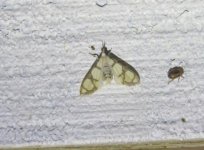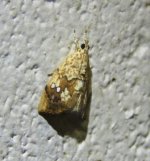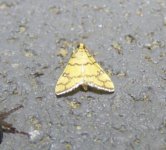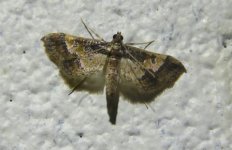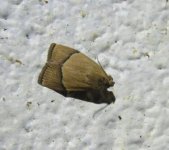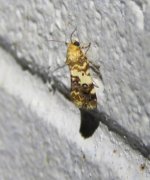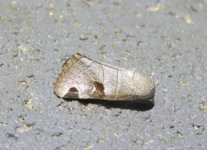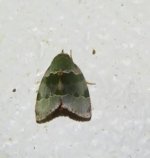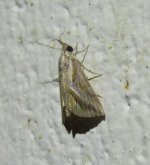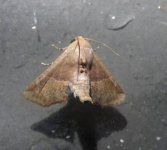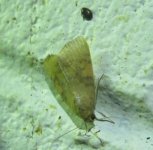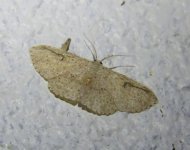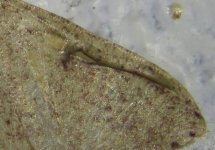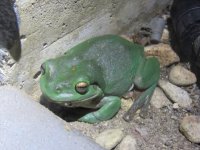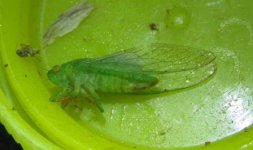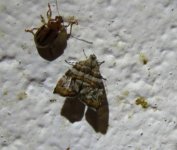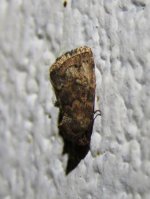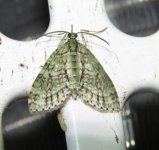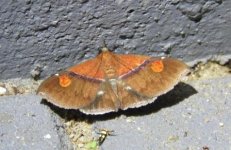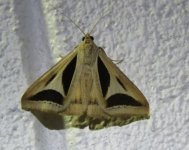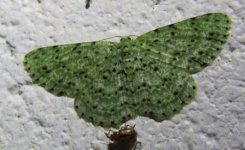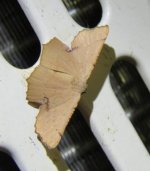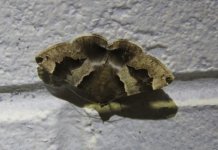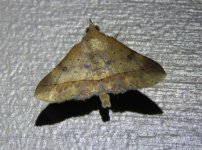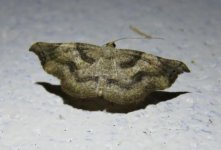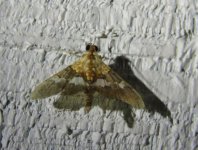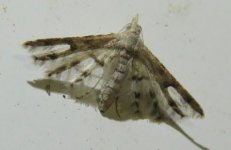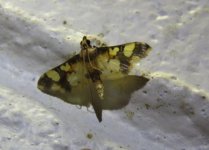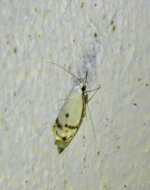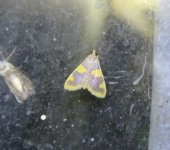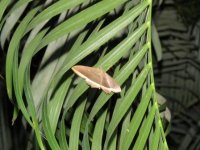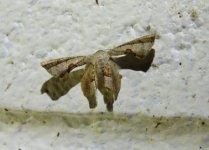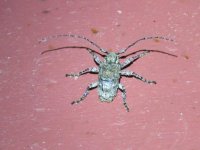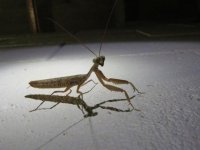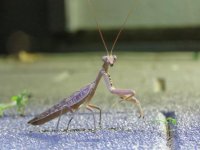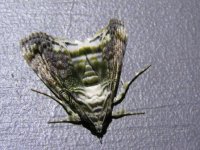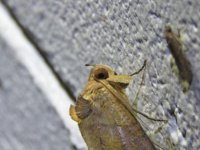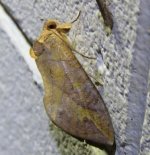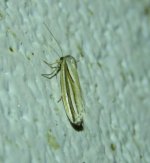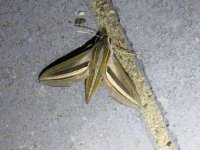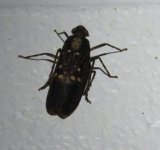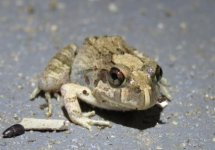Part II
Cirrhochrista caconalis (Pyraustinae) - Cirrhochrista is one of my favourite genus of Crambids and I have been hoping to catch caconalis since I first saw a photo of it; unfortunately this individual landed too far up the wall of the house to get any decent photos - standing on a ladder in torrential rain with lightening all over the place is not a good idea!
Crocidolomia pavonana (Evergestinae) - the first fresh male that I have seen
Glycythya leonina (Pyraustinae) - only the second time I have caught this very attractive Crambid
Hydriris ornatalis (Pyraustinae) - the more attractive of the two Hydriris species that i catch, the other being H.chalybitis
Imma loxoscia (Immidae) - not a common moth in my gardeb, have only seen this on a handful of occasions.
Cirrhochrista caconalis (Pyraustinae) - Cirrhochrista is one of my favourite genus of Crambids and I have been hoping to catch caconalis since I first saw a photo of it; unfortunately this individual landed too far up the wall of the house to get any decent photos - standing on a ladder in torrential rain with lightening all over the place is not a good idea!
Crocidolomia pavonana (Evergestinae) - the first fresh male that I have seen
Glycythya leonina (Pyraustinae) - only the second time I have caught this very attractive Crambid
Hydriris ornatalis (Pyraustinae) - the more attractive of the two Hydriris species that i catch, the other being H.chalybitis
Imma loxoscia (Immidae) - not a common moth in my gardeb, have only seen this on a handful of occasions.




